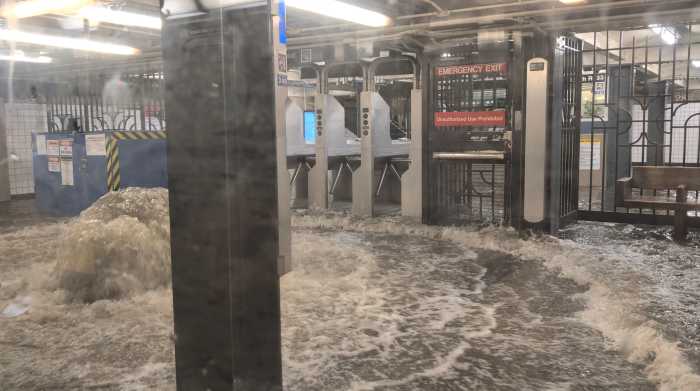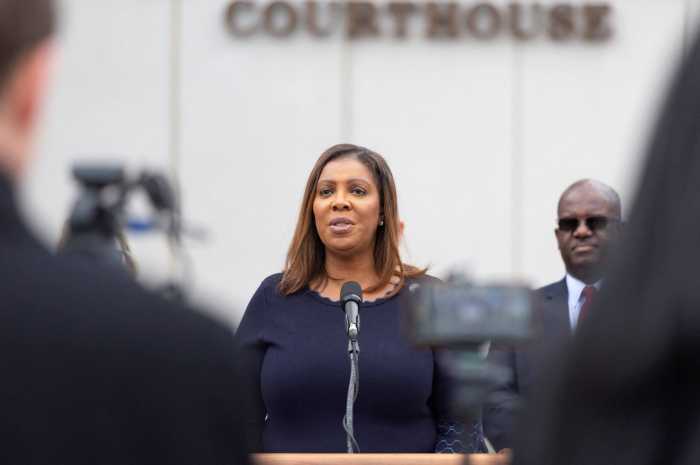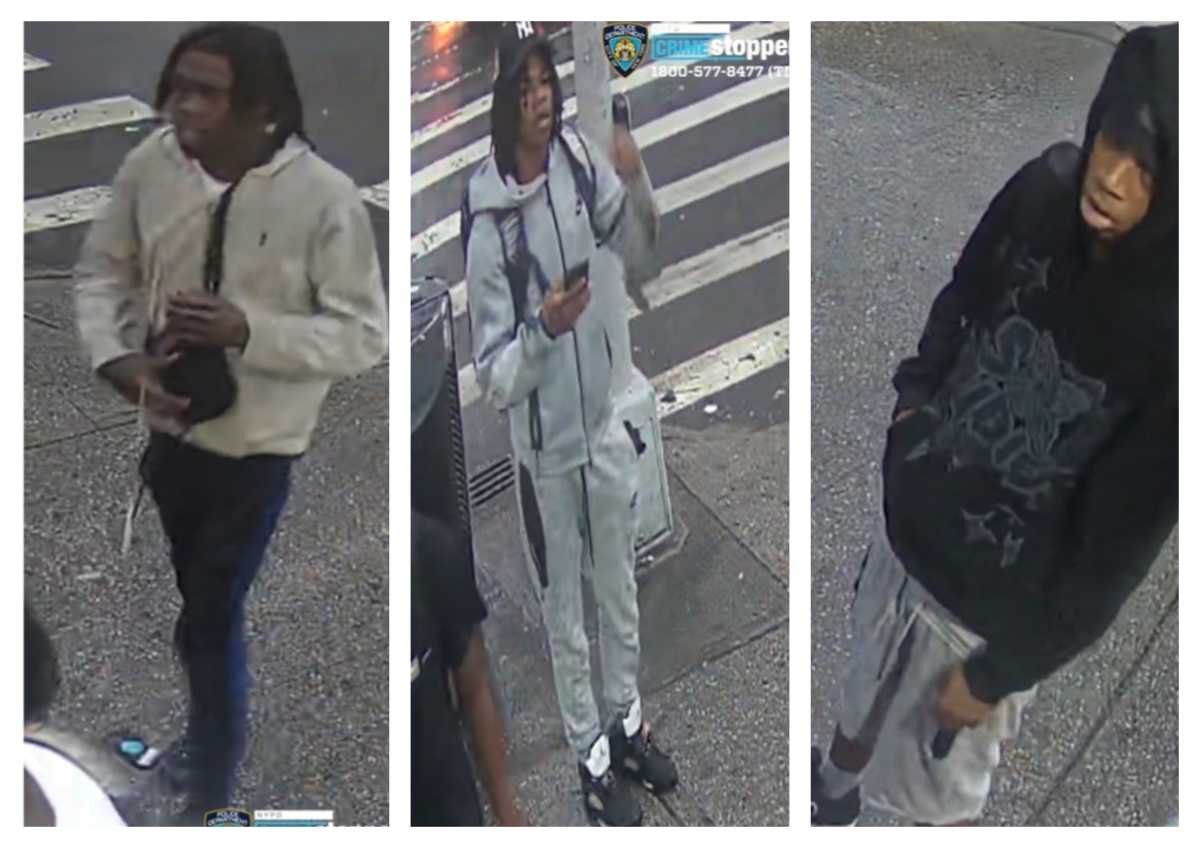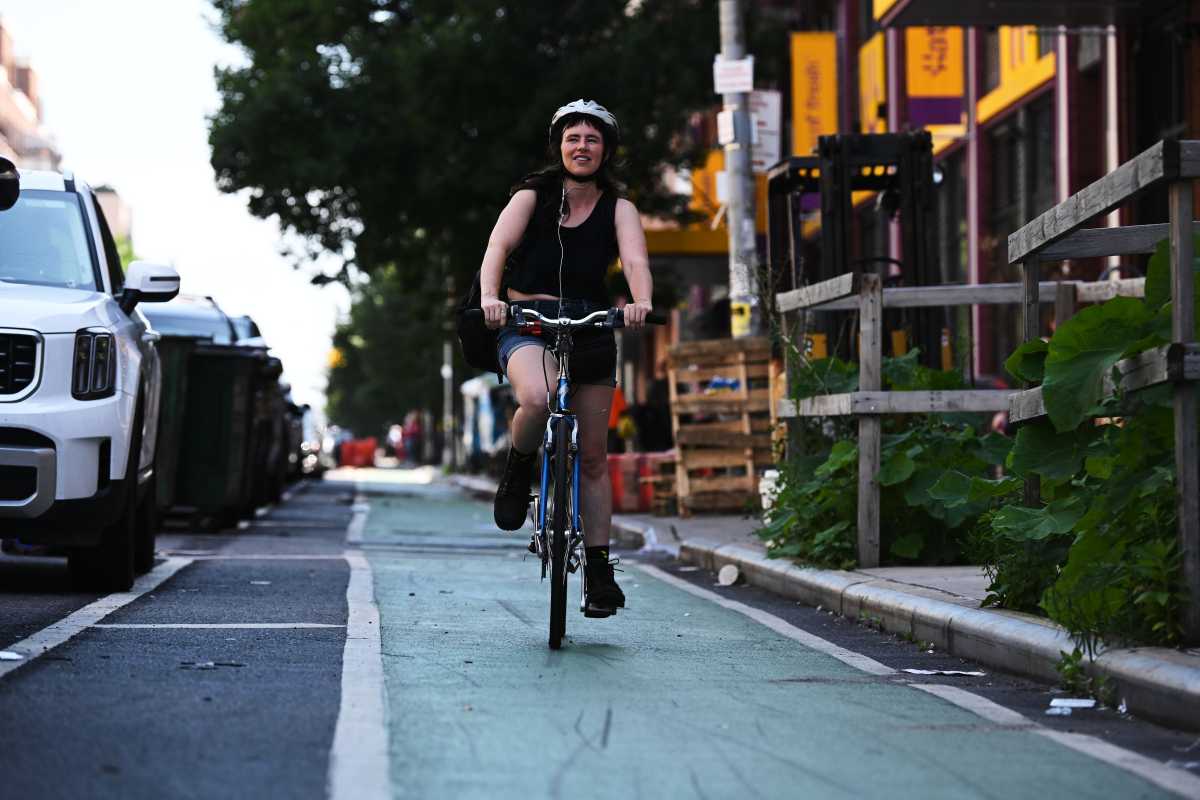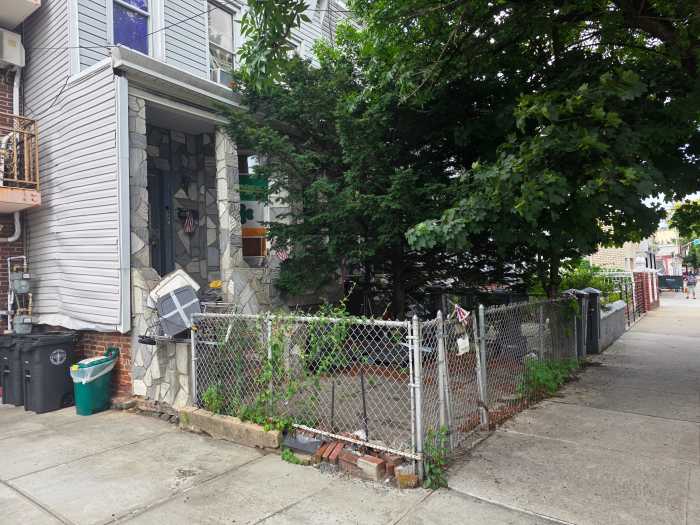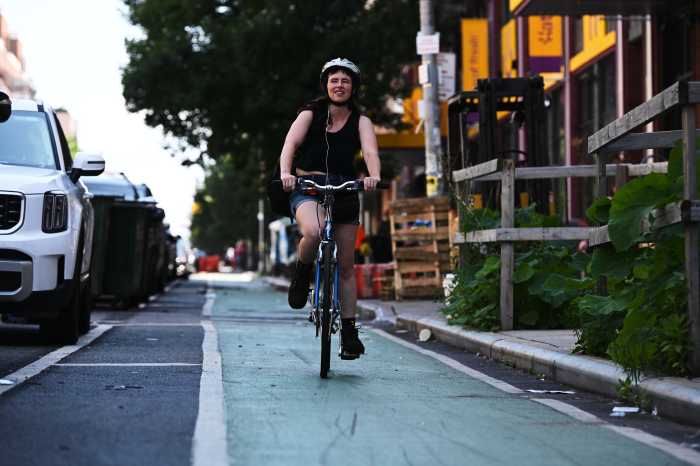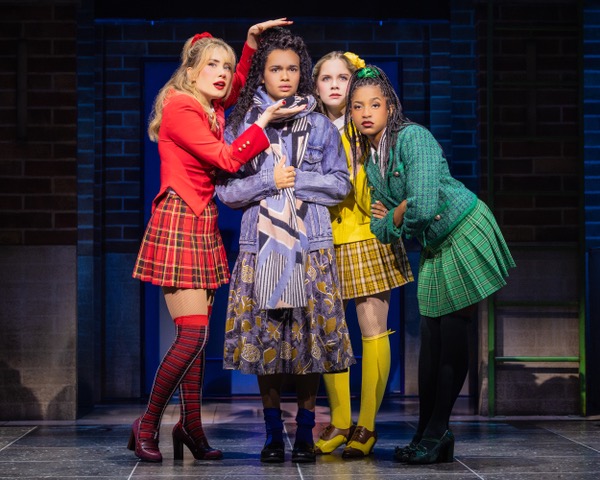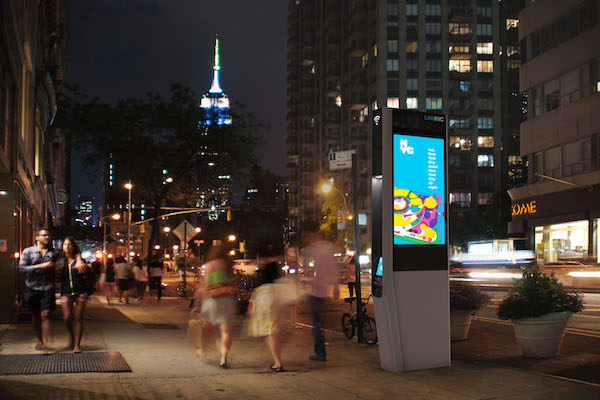
BY JACKSON CHEN | The rollout of free Wi-Fi is beginning on the Upper West Side, but it’s the creep toward historic districts throughout the city that has preservationists questioning its benefits when weighed against the historic character of New York’s neighborhoods.
Broadway on the Upper West Side is now equipped with 25 links, with nine currently active, providing free Wi-Fi, calls, and Internet services. With more being installed and activated on a rolling basis, Broadway will soon be lined with the Wi-Fi kiosks, just like Third Avenue on the Upper East Side, which boasts more than 30 active links.
The underground fiber optic network built to support the Wi-Fi kiosks has so far not intruded on the several historic districts of the Upper East and Upper West Sides.
But that may change as the Landmarks Preservation Commission looks at amending its rules to allow the kiosks –– which it classifies as “public communication structures” –– to be installed within historic districts without city review.
The rule change would allow the links to go into historic districts without LPC approvals or permits as long as they conform to advertising and design guidelines — similar to the ones set for the payphones that the links are replacing.
But after a public hearing on May 3 regarding the changes, at which LPC withheld comment, preservationists said the discussion needs to be broadened.
“The arbiter of taste in historic districts is the Landmarks Commission,” said Sean Khorsandi, advocacy director at Landmark West! “If they’re not going to comment on it, that’s a little bit of a question.”
While he acknowledged that the Wi-Fi kiosks are not a direct threat to landmarked buildings, Khorsandi said he felt the rules change would erode the cohesion and sense of place that historic districts provide.
He also challenged the notion that the kiosks are primarily aimed at serving a public need, arguing that they are advertisement-driven. According to LinkNYC, the free services the kiosks provide are funded completely through advertising, which will generate more than half a billion dollars in revenue for the city, above what CityBridge Consortium, which installs and maintains them, earns.
“We’re not thinking about landmarks at all here,” Khorsandi said. “We’re just thinking about what advertisers want to do.”
When it comes to installing kiosks within historic districts, Khorsandi said he would like to see the commission approve on a case-by-case basis instead.
Preservationists on the Upper East Side are also calling for more discussion before any decision is made about expanding the links beyond Third Avenue.
In its testimony to the LPC, Friends of the Upper East Side Historic Districts said the tall and narrow Wi-Fi kiosks are much bigger and more obtrusive than the payphones they replaced. Installing the modern devices, with the ads they carry, the group said, “detracts from the streetscape immensely.” The streetscapes –– above and beyond the buildings landmarked –– the Friends noted, contribute to the character of the city’s historic districts.
The East Side preservationists also called on the city to publish a list of proposed locations for all the Wi-Fi kiosks so they can be reviewed in advance.
Other organizations, however, said the proposed kiosk rules for historic districts are reasonable and appropriate.
According to the Municipal Art Society of New York, the rule changes mirror existing regulations for installing public payphones in LPC-designated properties, like historic districts or near landmarks. The prohibition on disrupting historic pavements –– such as bluestone, granite, slate, or brick –– the group said, provides sufficient protections for historic districts.
The LPC plans further consideration of new rules for the Wi-Fi kiosks at a later meeting.



